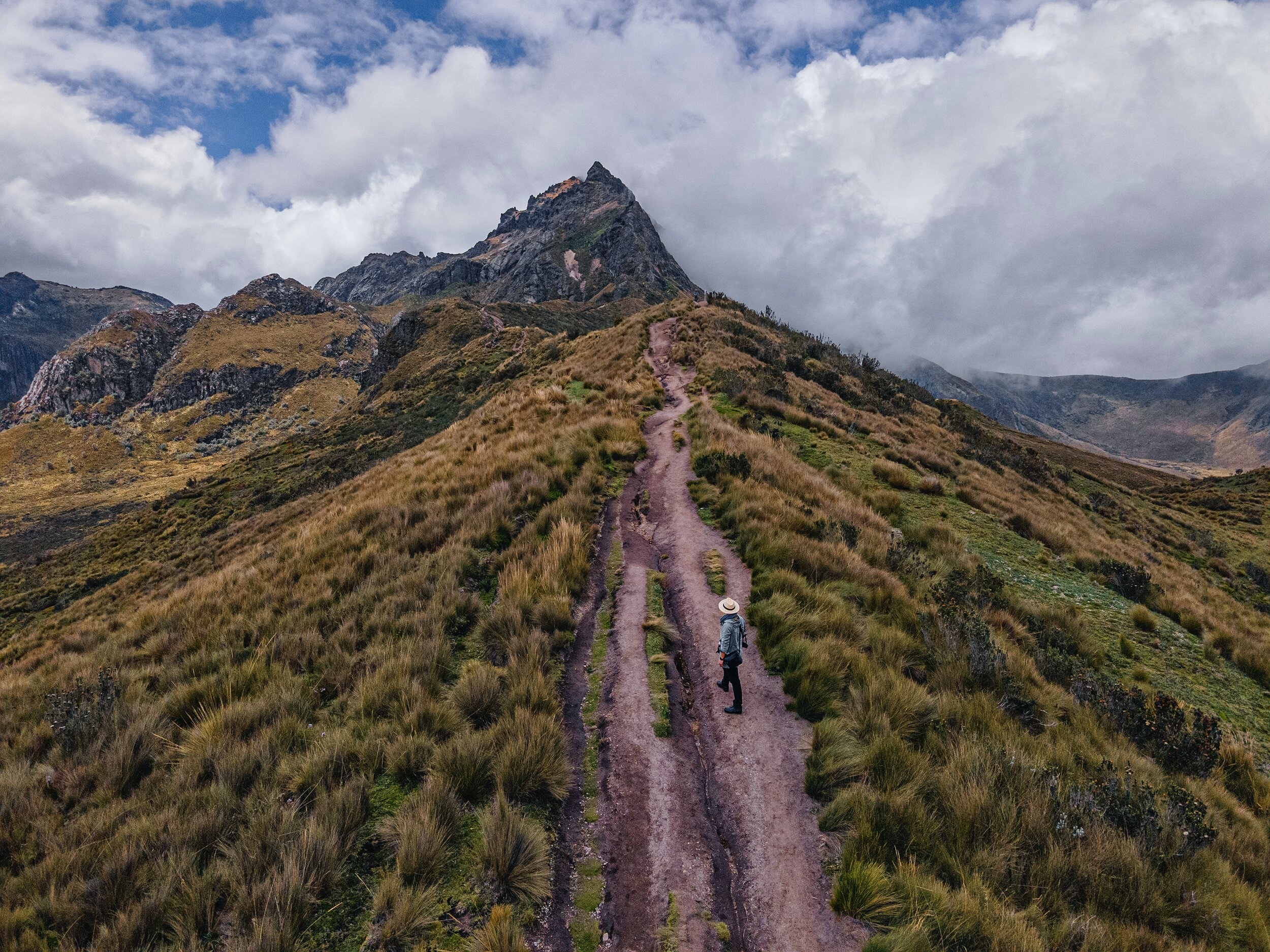
Quechua
(get-chew-wah)
Andes Mountains
Proven Enduring
The Quechua people are the largest ethnic group in South America. They inhabit large areas of Peru, Ecuador, Bolivia, Chile and Argentina, living mostly in the Andes Mountains. They often call themselves "Runakuna" and their language "Runa Simi". There are over 10 million speakers of Quechua, or "Runa Simi", which has a large variety of dialects within it.
The Quechua were a great empire conquered by the Spanish "conquistadores" in the 15th century. As a result of European contact and conquest, the Incas or Quechua speaking peoples often died of infectious diseases. They also suffered the breakdown of an elaborate social system, famine, genocide, human exploitation, and forced labor. Today, the Quechua people remain the largest ethnic group in Peru, and the two primary dialects are Cuzco and Ayacucho
What are the beliefs and practices of my people regarding how a human being is meant to exist in relationship with a living earth?
Explore questions for each quote below by clicking the image.
Proven Resilient
Though Spain dismantled their government and religious systems, Andeans have found ways to keep their traditions alive. They continue to speak the Quechua and Aymara languages. They adopted the Catholic religion but blend its customs with older beliefs. Inka ceremonies and pilgrimages now incorporate Catholic saints.
The Spanish distorted the Andean value of ayni (reciprocity) only to benefit themselves. Native people described their relationship with Europeans as a "funnel law—the narrow end was for the Indians and the wide end for the whites."
Despite colonial pressures, ayni as envisioned by the Inka ancestors is still practiced today as a way of preserving the reciprocal, community-based way of life in Andean villages. Andean people adapted European technologies—such as glassmaking, ceramic glazes, and metallurgical techniques—and married them to traditional craftsmanship. Quechua- and Aymara-speaking Inka descendants today participate in varied professions and activities in rural areas and in cities in Peru, Bolivia, and the other countries that were part of the Inka Empire.
*Source: https://americanindian.si.edu/nk360/inka-innovation/timeline/timeline
What are the beliefs and practices required to survive and thrive in the contemporary world?
Explore questions for each quote below by clicking the image.
Additional Resources
Powerpoint
Download the entire Quechua slide deck for educational purposes










